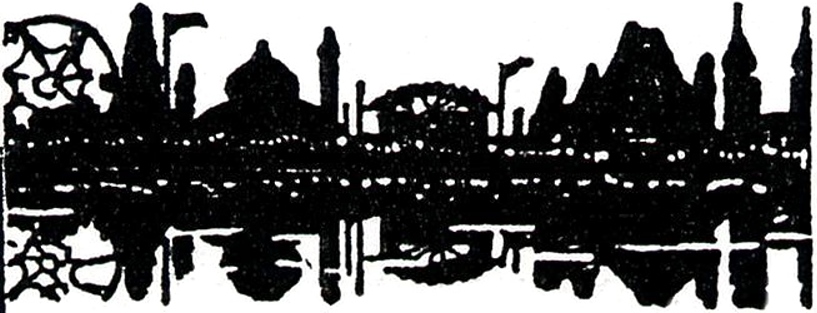

 |
||
 |
||
|
Portland Icons |
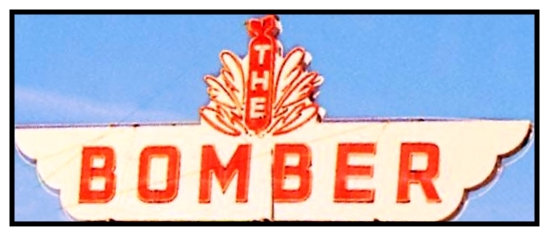 |
|
Portland has had many icons over the years that have made our fair city unique. These icons shaped our heritage and they remind us where we have been and point us to where we are going. They influence our culture and remind us of times past. Here is a glimpse of some of Portland’s more unique icons as seen in photos and on postcards. |
|
|
Steigerwald Dairy Company dedicated a new plant topped by a huge milk bottle at 37th & Sandy on May 19, 1926. |
|
The huge milk bottle measured 27 feet in diameter and at 75 feet tall, it was the tallest structure in Northeast Portland. A spiral staircase inside the huge replica was used to take a Christmas tree to the top each year. Lighted with red and green electric bulbs, the tree could be seen for miles. In 1936, the dairy was closed and the original milk bottle was covered with lath and plaster, taking on a new shape. For a short time, it became two Pabco Paint cans. By the 1940s, Pabco Paint gave way to the art deco 7-Up sign which remained there until 2002. The sign now advertises Director’s Mortgage. |
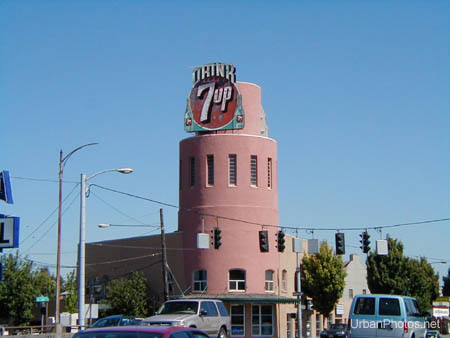 |
|
|
|
Waitresses in bellhop uniforms met customers at their cars to take orders and deliver their food at the Tik Tok at 13th & Sandy. |
|
|
The Bomber was flown to Portland in 1947 by Milwaukie's Art Lacey who operated the 40-pump McLoughlin Boulevard gas station housed beneath the WWII-vintage B-17G four-engine Bomber. Lacy is flanked by his crew. |
|
The Bomber stopped operating as a gas station in 1991 and has since been associated with the adjacent restaurant, where visitors can grab a “Bomber Burger” and a souvenir Bomber placemat. After over 65 years of weathering Oregon's climate and being pestered by birds and periodic vandalism, The Bomber is being dismantled. The plane has been moved to Aurora, Oregon where it is slated for an overhaul and plans are to put it on display there. |
|
|
Jolly Joan was the largest restaurant in Portland and it featured a neon sign with the ever full steaming coffee cup. |
|
|
The Portland Theatre opened in 1928 at Broadway and Main. A year later, the theater was sold and it was renamed the Paramount. In the 1980s, the Paramount was restored and renamed The Portland. |
|
|
|
Walter Tebbetts’ Oriental Theatre at Grand and Morrison streets boasted the largest neon theater sign in the world. |
|
Opening with a Grand Gala on Saturday December 31, 1927, The Oriental Theatre seated 2,750 patrons and it was Portland’s largest. There were 2,400 lights in the massive dome and a $50,000 Wurlitzer Orchestra Organ was installed with an ascending organ platform. The Oriental had the only ascending orchestra platform in Oregon. It had the largest projection room on the Pacific Coast with a battery of nine machines and all curtains and lights were operated from the projection room. The Oriental was the only theater in the Northwest to have a children’s Circus Room. The Oriental Theatre had an authentic Indian Temple Atmosphere. The furnishings were sold at auction in 1969 and the beautiful building fell to the wrecking ball of progress soon thereafter. |
|
|
The Hollywood Theatre at 41st & Sandy Boulevard was built by Walter Tebbetts in 1926. |
|
|
The sign that started it all, the White Satin Sugar Sign on the White Stag Building is shown in 1949. Photo courtesy of Portland Historian and Author Don Nelson. |
|
Prior to advertising White Stag Sportswear, the White Satin Sugar sign was installed on the roof of the Willamette Tent & Awning Building (forerunner of White Stag) in 1941 in Portland’s Skidmore Old Town Historic District. Pouring sugar was added to the sign in 1950. In 1957, the stag replaced the sugar and the sign was changed to read “White Stag Sportswear.” Then in 1959, the nose on the stag turned red for the first time during the Christmas holidays and this remains a Portland tradition. |
|
|
The White Stag Sign sat near the west end of the Burnside Bridge for many years before it was changed to advertise the Naito family’s Made in Oregon stores. |
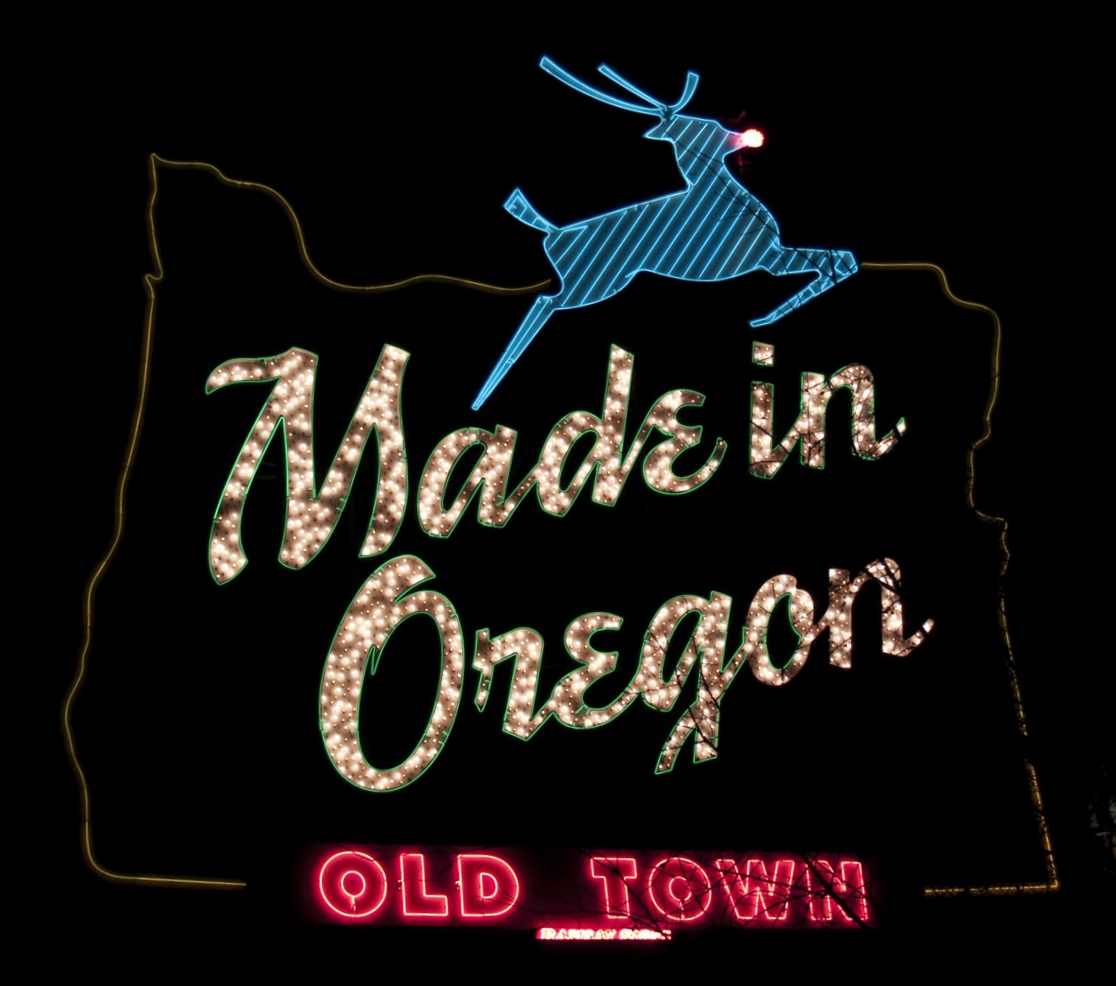 |
|
The sign was designated an historical landmark in 1978. In 1989, the lettering on the sign was changed from White Stag Sportswear to “Made in Oregon – Old Town,” a reference to the retail chain of the same name that occupied the building for over 15 years. |
|
|
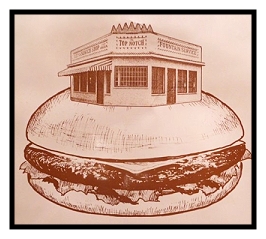 |
 |
|||
 |
||||
 |
|
|
Yaw’s Top Notch became the place to be or be seen for hundreds of local high school youth. When you drove up for Car Service, a waitress on roller skates would take your order. Bob Svilar the “Tootsie Roll Cop” handed out tootsie rolls to the youth who cruised into the restaurant. |
|
The first location of Yaw’s Top Notch Restaurant opened on July 24, 1926. It began as a small 14-stool restaurant on NE 41st Avenue just off Sandy Blvd in Hollywood. Yaw’s was famous for its burgers, gravy fries and berry tarts. This building was expanded four times in its first four years. Yaw’s would grow to become America’s Drive-In and “The House that Hamburger Built.” One of Oregon’s longtime eateries, Yaw’s Top Notch, was very popular and it served several generations of Portlanders. W.P. and Grace Yaw opened Yaw’s Top Notch Restaurant in 1926. Soon thereafter Englebert Franz of Portland’s Franz Bakery developed the very first hamburger bun at the request of Yaw’s Restaurant. |
|
|
This postcard shows the Headquarters of the Apostolic Faith Church at Southwest 6th and Burnside in Portland, circa 1930, after the “Jesus, Light of the World” sign had been electrified. Because there was a church that met in the headquarters building, the sign was originally used at the Apostolic Faith’s first headquarters building downtown at Front and Burnside. At that time, lights were aimed at the letters to illuminate the sign to attract worshippers to their services. Then when the church moved to the new headquarters at 6th and Burnside, the sign was electrified and the words were visible for many blocks. The words are from the Gospel of John. The international headquarters of the Apostolic Faith Church are now located at the 12.5-acre campground that serves visitors to the headquarters at Southeast 52nd and Duke Street in Portland. On June 29, 2012, the church welcomed about 2,000 Apostolic Faith pastors and worshippers from around the world to the movement’s 101st Annual Camp Meeting at the site. The church claims one million adherents worldwide, but only 5,000 in the United States, with hundreds in Portland—home of the church headquarters. |
|||||
|
Last updated 10-22-17 |
|||||
|
copyright © 2017 PdxHistory.com |
|||||